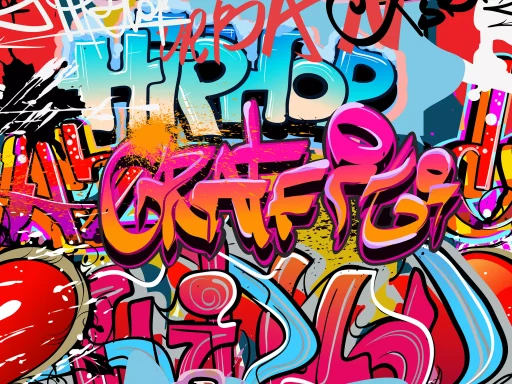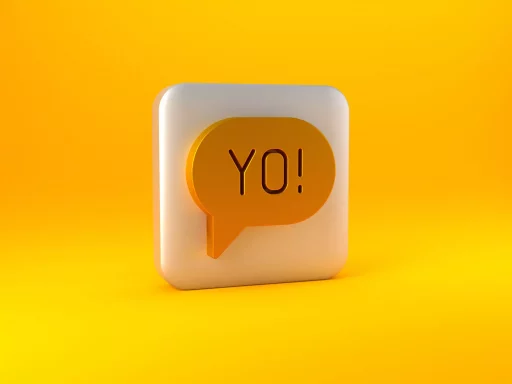Introduction to Molly
Molly is a popular slang term that refers to a particular psychoactive substance—MDMA, which stands for 3,4-methylenedioxymethamphetamine. Known for its euphoric effects, Molly is typically associated with parties and electronic dance music culture. It embodies an experience that many users equate with love, connection, and heightened senses. This article delves into the origins of the term, its effects, dangers, and relevant statistics.
The Origins of the Term ‘Molly’
The term “Molly” originates from the word “molecular,” suggesting that it is a purer form of MDMA. It is most commonly found in a white crystalline or powder form, as opposed to the pills of ecstasy, which often contain various additives or impurities. The allure of Molly is primarily tied to its perceived purity compared to ecstasy, leading users to believe it offers a more intense and cleaner high.
Effects of Molly
Molly, when consumed, affects the brain by increasing the level of neurotransmitters such as serotonin, dopamine, and norepinephrine. This results in a range of short-term effects, which can include:
- Euphoria: An intense sense of happiness and wellbeing.
- Increased sensory perception: Heightened senses, allowing users to feel music and light more vividly.
- Emotional closeness: A sense of bonding or affiliation with others.
- Increased energy and alertness: Users often report feeling more awake and attentive.
- Potential for empathy: Many users describe a heightened connection to others and increased feelings of empathy.
Potential Dangers and Risks
While the effects of Molly can be enticing, there are significant risks and potential dangers associated with its use. These can include:
- Dehydration and overheating: Many users dance for hours at clubs or festivals, leading to dehydration and potentially life-threatening hyperthermia.
- Adulterated substances: While Molly is labeled as a purer version of MDMA, it is often cut with other harmful drugs or substances, leading to unpredictable effects.
- Psychological effects: Some users may experience anxiety, agitation, or depression following use, often referred to as a “comedown.”
- Risk of addiction: Although MDMA is not considered physically addictive, it can lead to psychological dependence.
Statistics on MDMA Use
The use of Molly and MDMA has gained significant popularity, especially among young adults. According to the National Institute on Drug Abuse (NIDA):
- In 2022, about 2.3 million people aged 12 or older reported using MDMA in the past year.
- Among high school seniors, approximately 1.4% reported using MDMA in 2022.
- The usage rate of MDMA has increased from 1.4% in 2005 to 3.6% in 2022 among young adults aged 18-25.
Case Study: Music Festivals
Music festivals have become hotspots for Molly use. A 2019 study by the Journal of Psychoactive Drugs examined the prevalence of MDMA consumption at such events. Researchers surveyed 5,000 attendees at various electronic dance music festivals and found:
- About 35% of respondents reported having used MDMA at least once in their lifetime.
- 23% stated they had used it in the past month.
- Participants reported that the communal and euphoric experiences of the festival contributed to their decision to use Molly.
Conclusion
Molly remains a potent symbol of modern party culture, often associated with positivity and energy. However, the associated risks cannot be ignored. Understanding what Molly is and the potential dangers of its use is crucial for anyone considering its consumption. Education and awareness are key components in addressing the complexities surrounding MDMA and ensuring safer party environments for everyone.






